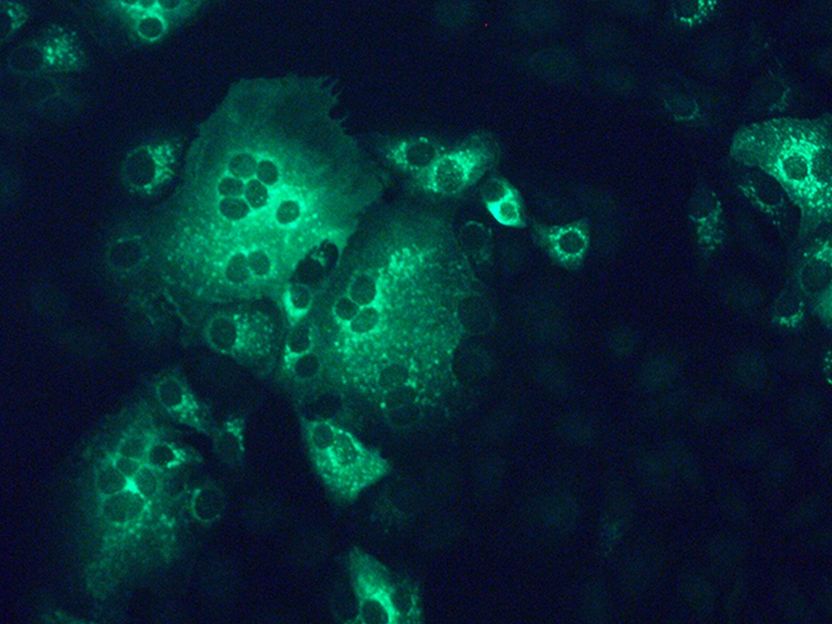Specific gene region in hypertension revealed
Genes encode proteins and proteins dictate cell function. Therefore, the thousands of genes expressed in a cell determine what that cell can do. Among the multiple elements that are involved in the precise regulation of gene expression are enhancers, which are short region of DNA that can be bound by proteins (activators) to increase the likelihood of transcription of a particular gene.
One notable regulatory cascade that involves enhancers is the renin-angiotensin system (RAS) that plays a major role in blood pressure regulation and electrolyte homeostasis. Because increased expression of the protein renin leads to a rise in blood pressure, its transcription must be finely regulated.
While upregulation of the gene renin in the promoter and enhancer elements is relatively well established, the mechanisms controlling its feedback transcriptional suppression are poorly understood. This knowledge gap prompted a team of researchers from the University of Tsukuba to delve deeper into understanding this important regulatory cascade.
"We deleted either 5? or 3? regions of the endogenous mouse renin (mRen) in mice, and placed the animals in a hypertensive environment. While the mRen gene bearing the 3? deletion was appropriately downregulated, the one bearing the 5? deletion (-5E) lost hypertension responsiveness," explains Aki Ushiki, lead author of the study. "This means the -5E region is essential for the basal expression of the mRen gene."
Based on their findings, they proposed the -5E element functions as an enhancer under normal conditions and is involved in full activation of mRen gene transcription. Conversely, in the hypertensive state, the enhancer activity somehow becomes attenuated by the hormone angiotensin signaling, which leads to suppression of mRen gene transcription.
"Understanding of this enhancer-mediated transcriptional modulatory mechanism for mRen gene has a broad impact on not only the RAS field but also enhancer biology in general," corresponding author Keiji Tanimoto says. "Also, as the mRen enhancer core sequence is fairly conserved in humans, our findings shed light on the unexplored distal regulatory region of renin genes and provide a novel mechanistic insight into renin gene regulation."
Original publication
Other news from the department science

Get the life science industry in your inbox
By submitting this form you agree that LUMITOS AG will send you the newsletter(s) selected above by email. Your data will not be passed on to third parties. Your data will be stored and processed in accordance with our data protection regulations. LUMITOS may contact you by email for the purpose of advertising or market and opinion surveys. You can revoke your consent at any time without giving reasons to LUMITOS AG, Ernst-Augustin-Str. 2, 12489 Berlin, Germany or by e-mail at revoke@lumitos.com with effect for the future. In addition, each email contains a link to unsubscribe from the corresponding newsletter.
Most read news
More news from our other portals
Last viewed contents

New drug candidates identified in bacteria - Bacteria show great promise as a source of active ingredients

Cytiva acquires Intermountain Life Sciences - Double capacity for buffers and liquid cell culture media

New SARS-CoV-2 neutralizing antibody enters clinical phase

Infrareal takes over pharmaceutical and biotech site in Orth, Lower Austria from Takeda - "Our expertise will help us to further expand the site, and we are hoping to attract more companies from these industrie"
Discontinuation of sale of ceftobiprole in Switzerland






















































